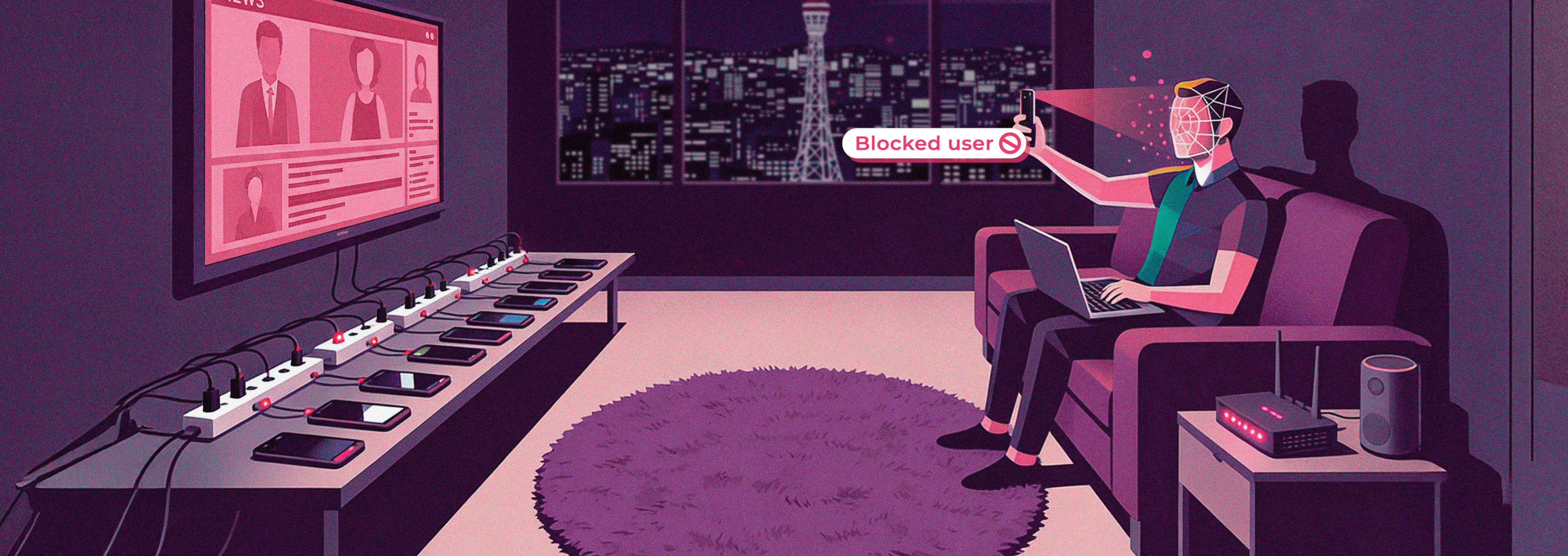- Blog
- [2020 Hot Trend] QR Code Contactless Payments
[2020 Hot Trend] QR Code Contactless Payments
Finally a (Real) Use for QR Codes
Subscribe to Incognia’s content
QR Codes - the 2020 Hot Trend
For too long in the US, QR codes have been a technology without a clear purpose. Invented originally in 1994 in Japan with the purpose of monitoring automotive manufacturing, the QR code was introduced as a type of two-dimensional bar code. In Marketing, QR codes were promoted as a vehicle for consumers to engage with rich content. They appeared in advertising, on billboards and magazines as a shorthand to reach a website versus typing in a long URL. However they never really took off in the US, until now.
Finally in 2020 the QR Code has its moment, and it took a global pandemic for us to realize its real purpose - contactless payments.
The QR code is finally center stage in the US as a convenient and fast way to make contactless payments, and consumers are happily scanning the codes as if this was always its destiny.
What took us so long?
In China the growth of QR Code payments began almost 10 years ago, in 2011, with the introduction of a QR code payment method by Alipay. Today the vast majority of payments in China are via mobile payments using services such as Wechat Pay or Alipay. Even the smallest merchants in China now support payment using a QR code and a smartphone.
Now, in 2020, with the accelerant of a global pandemic, all projections for the adoption of contactless payments in the US are being revised.
In a recent study by National Retail Federation (NRF), the percentage of merchants in the US that now accept contactless payments has increased to 58%, from 40% last year, and more than 90% of the retailers offering contactless payments expect usage to increase over the next 18 months.
In-store and at-the-pump
With the growth of demand for contactless payments, retailers, merchants, banks, fintech and payment providers are rushing to meet the demand. Recent high profile announcements include the roll out by Albertsons of contactless payment within its U loyalty app, to enable streamlined checkout and payment at all their stores. Also ExxonMobil recently announced that over 11,500 stations in the US would be upgraded, to enable customers to pay for gas without needing to interact with staff.
Both Albertsons and Exxon Mobile have included support for QR code contactless payments within their loyalty mobile apps, enabling customers to use their smartphones and scan a QR code to make a contactless payment.
Adding contactless payments to loyalty apps
Adding contactless payments to loyalty mobile apps is a no-brainer for most retailers. Of the US consumers surveyed by NRF who made an in-store digital payment for the first time in May, 62% of them used their mobile phone. With 57% of surveryed consumers saying they would continue to use contactless and mobile payment methods after the Covid-19 pandemic, contactless payments represent a revenue growth opportunity.
Adding QR code contactless payment capabilities to loyalty mobile apps offers an opportunity for more conversions and increased stickiness from their customer base.

Given the opportunity to deliver greater convenience and security for consumers, the race is on for retailers to get on board with contactless payments, and QR codes are proving to be a fast, easy to deploy method that consumers are enthusiastically adopting.
So at last, we can all collectively express a sigh of relief that finally there is a real useful purpose for QR codes - enabling contactless payments.
-------------------------------------------
Protecting consumers and payments
With the speed of adoption and the distractions of a global pandemic, fraudsters also have their eye on contactless payments which is why Incognia recently introduced its fraud detection solution for contactless payments. Using precise location intelligence Incognia protects in-store contactless payments by verifying the user location at the time of the transaction, to determine if they are in fact in the store when making an in-store payment. To learn more please visit our Mobile Payments solution page.
----------------------------------------------

![[2020 Hot Trend] QR Code Contactless Payments Featured Image](https://www.incognia.com/hubfs/%5BFEATURED%5D%20Finally%20a%20(Real)%20Use%20for%20QR%20Codes%20(1).jpg)


